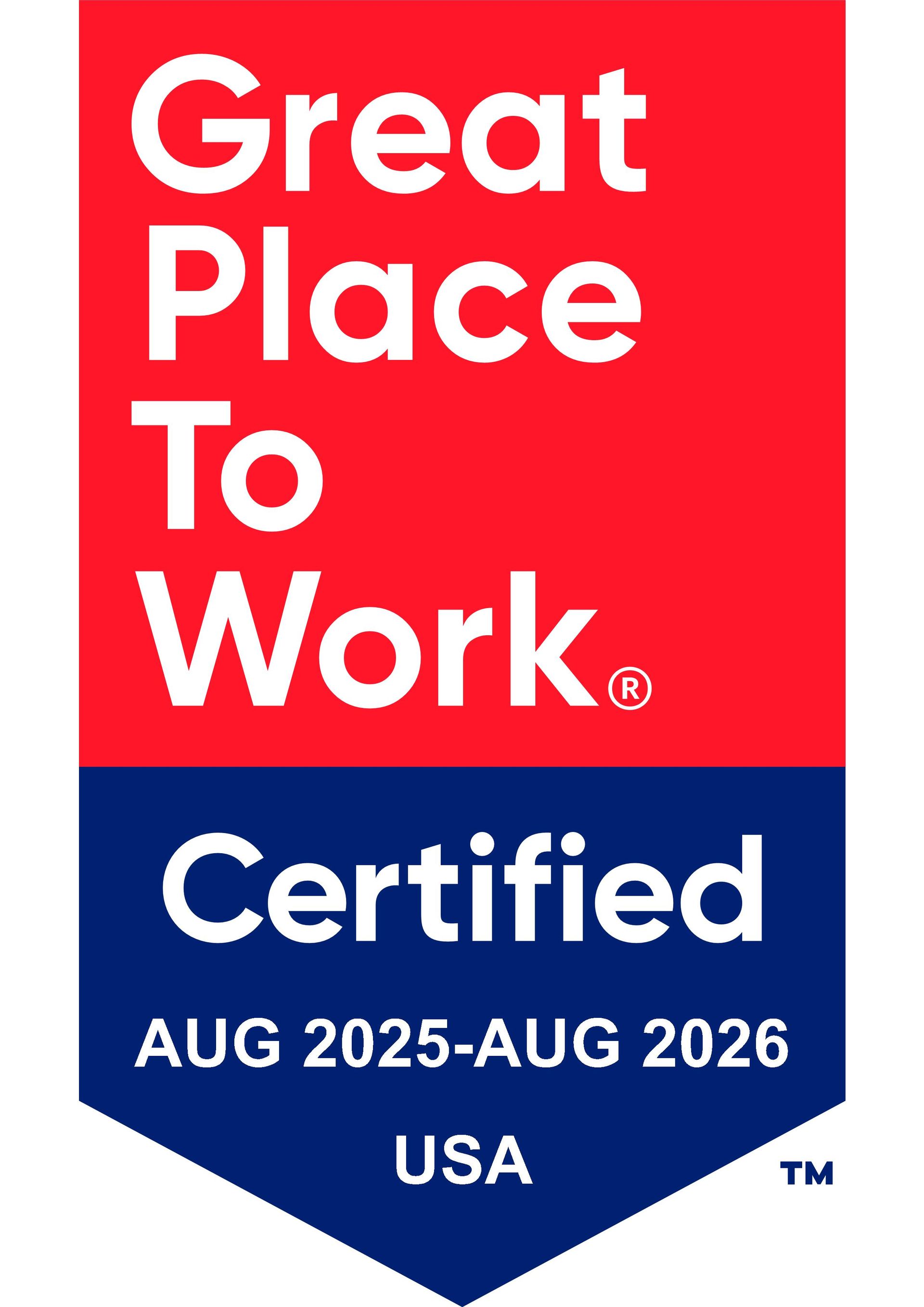
An Employer’s Guide to Affordable Care Act (ACA) Compliance
23 August 2022

The Affordable Care Act (ACA) of 2010 provides healthcare coverage for millions of Americans who might not have been eligible for affordable healthcare before the Act took effect. As of 2021, approximately 31 million Americans are enrolled in healthcare programs through the Marketplace, with nearly 155 million nonelderly people accessing ACA-covered plans through their employers.
Benefits of the Affordable Care Act (ACA)
The benefits of the ACA are far-reaching for employers, employees, and communities. Also referred to as Obamacare, the ACA has been life-changing for many Americans, specifically those with pre-existing conditions, lower incomes, and the previously uninsured.
Here are 10 benefits the ACA offers:
1. No pre-existing condition clause: The ACA eliminates pre-existing condition clauses from covered health plans. As a result, millions of Americans with pre-existing conditions no longer face discrimination and have access to the healthcare they need to treat their pre-existing condition.
2. Expansion of Medicaid: The Medicaid expansion under the ACA, which 36 states and Washington D.C. have adopted, has helped millions of lower-income individuals throughout the country access higher quality healthcare.
3. More Americans are now insured: With the ACA, 20 million Americans that didn’t have access to healthcare now do—meaning 20 million fewer uninsured Americans are walking around. The uninsured rate hit 9% in 2016, which was an all-time low.
4. Fairer treatment of women: Under the ACA, women can no longer be charged more than men for insurance. They are also guaranteed coverage for essential healthcare services related to women’s health.
5. More affordable healthcare: The ACA made healthcare more affordable. Individuals who meet a certain income threshold receive financial assistance for their healthcare through the marketplace exchanges. In 2019, 87% of marketplace enrollees were offered some level of financial support and tax breaks for premiums.
6. Improved access to drug coverage: Drug coverage was expanded under the ACA by requiring all marketplace plans to cover at least one drug per drug class. With the Medicaid expansion, the Medicaid Drug Rebate Program provided low-income Americans access to generic and brand-name drugs while lowering the cost for taxpayers.
7. Greater access to coverage for children and young adults: Young adults can stay on their parent’s insurance until they turn 26.
8. Enhanced protections for the disabled: Before the ACA went into effect, policies would functionally uninsure individuals after they hit arbitrary lifetime and annual coverage limits. The ACA prevents this from occurring—insurers cannot set coverage limits, deny coverage, or raise prices for disabilities and pre-existing conditions.
9. Costs lowered for seniors on Medicare: Seniors have access to no-cost preventative services, like wellness visits and cancer screenings, and have saved more than $20 billion on prescription drugs since the ACA passed.
10. Benefits extend to rural communities: Those living in rural communities are more likely to be covered by Medicaid, including close to 50% of all rural children. The Medicaid expansion has provided sustainability for rural community health care systems.
In addition, the ACA requires substance use disorder (SUD) treatment to be coded as an essential health benefit. Given that rural areas were hit hard with opioid abuse, this requirement has a direct impact on these communities. Without the SUD requirement, just 1 in 3 individuals would have had access to SUD treatment in the individual market.
Finally, the Health Care Trust Fund set up by the ACA provides federal grants to Federally Qualified Health Centers (FQHCs) for comprehensive primary care. Those living in rural areas and underserved communities rely on community centers that qualify as FQHCs.
ACA Benefits for Employers
Even though administration and compliance with ACA can be cumbersome for employers, it brings many positives. Employees are generally happier with the ACA-required provisions, such as the pre-existing condition clause and access to a lengthy list of necessary healthcare items at no cost. Also, as more people have access to quality healthcare, they can remain healthier and be proactive in taking care of their wellbeing, which supports ongoing productivity at work.
Complying with the Affordable Care Act
Entities with 50 or more employees must abide by the ACA rules. There is an extensive compliance checklist employers need to stay on top of to avoid penalties and fees. According to the Society for Human Resource Management (SHRM), there are seven steps an organization should take to ensure ACA compliance, each of which are described briefly below.
Step 1. Evaluate Grandfathered Group Health Plan Status
Grandfathered plans in existence as of March 23, 2010, that have covered at least one individual don’t have to abide by certain ACA rules. Companies need to evaluate their grandfathered plans to determine if they still fall under grandfathered status. If any changes occurred to the plan that might increase or reduce enrollees’ benefits, it might no longer be eligible for grandfathered status.
Step 2. Review Plan Documents to Ensure They Align with the ACA and Identify Required Changes to Plan Benefits
Some key areas of focus when reviewing your plan documents:
• Ensure any waiting period for an employee to become eligible for benefits does not exceed 90 days.
• Confirm that, for essential health benefits, no annual dollar limits apply.
• Validate that no pre-existing condition clauses are present
Step 3. Assess Tax-Favored Arrangements
Organizations offering FSAs, cafeteria plans, and HRAs must confirm that each program complies with ACA requirements.
Step 4. Send Required Notifications to Employees and Their Dependents
There are three notices employers must send to employees and their dependents, which are:
• Summary of Benefits and Coverage (SBC): The carrier or plan administrator is often on-point to send this notice. If that’s the case, the employer is responsible for monitoring the process.
• Notice of Plan Changes: Any material changes must be communicated to employees.
• Health Insurance Exchange Notice: A notice needs to go to employees within 14 days of their start date, indicating they have access to health insurance through the marketplace and might be eligible for financial support through the exchange.
Step 5: Abide by “Pay or Play” Responsibilities
Some large employers are subject to the ACA employer “pay or play” requirement, referred to as the employer shared responsibility requirement. This typically applies to qualifying large employers with 50 or more full-time employees and full-time equivalents.
Because the laws around “pay or play” are extensive and complex, it’s advised that organizations consult a reputable benefits expert and knowledgeable employment lawyer to adhere to full compliance and reduce the risk of penalties and unnecessary fees.
Step 6: Adhere to Information Reporting Requirements for Form 1094 and Form 1095
Forms 1094 and 1095 determine an organization’s compliance with the ACA’s “pay or play” requirements. Entities offering coverage for the calendar year 2022 are required to report in early 2023.
Step 7: Additional Action Items
For continued ACA compliance, the following items need to be addressed:
• Preventive Services Coverage: Guidelines sometimes change, so continue to monitor those for preventative services to ensure you’re in compliance. For example, new services that are approved should be on your list of approved services.
• High Earners Medicare Tax: Additional Medicare Tax of 0.9% should be withheld from an employee who is paid more than $200,000 annually.
• Medical Loss Ratio (MLR) Rebate: If your insurance carrier issues an insurance rebate, distribute the rebates by September 30 of each year to policyholders. You’ll need to determine how you plan to issue the rebate based on policyholders—as a cash payment or as a premium holiday applied to future participant contributions. You can also use the rebate towards future benefit enhancements. Often, the insurer will issue the rebates, and the employer will issue a notification giving employees a heads-up about the rebate. Rebates issued are relatively small--$5 to $10.
• Form W-2 Reporting: The cost of health coverage for the employee needs to be reported on their W-2, which should be issued by January 31.
• Section 1557 Nondiscrimination Testing: Any entity that receives federal financial assistance when administering any health activity or program must comply with the final rule implementing ACA Section 1557. Section 1557 of the ACA prohibits discrimination based on color, sex, race, national origin, disability, or age.
• Patient-Centered Outcomes Research Institute (PCORI) Fees: Employers are sometimes subject to pay fees to fund the Patient-Centered Outcomes Research Institute (PCORI), depending on the type of self-insured plan the employer has. Form 720 is used to report and pay fees and is due by July 31 of each year.
A Benefits Broker Can Help You Maintain ACA Compliance
Though ACA compliance requirements are extensive and complicated, you don’t have to go it alone. A benefits broker that specializes in healthcare benefit plans, including those covered by the ACA, can support you in navigating reporting and notification requirements to ensure you avoid penalties and fees for lack of compliance.
At KBI, our team of experts can help you navigate the complexities of ACA compliance, so you don’t need to concern yourself with being out of compliance. We work with an extensive network of experts, including employment lawyers, to ensure we have the bases covered for your needs. Contact us today for more information.



